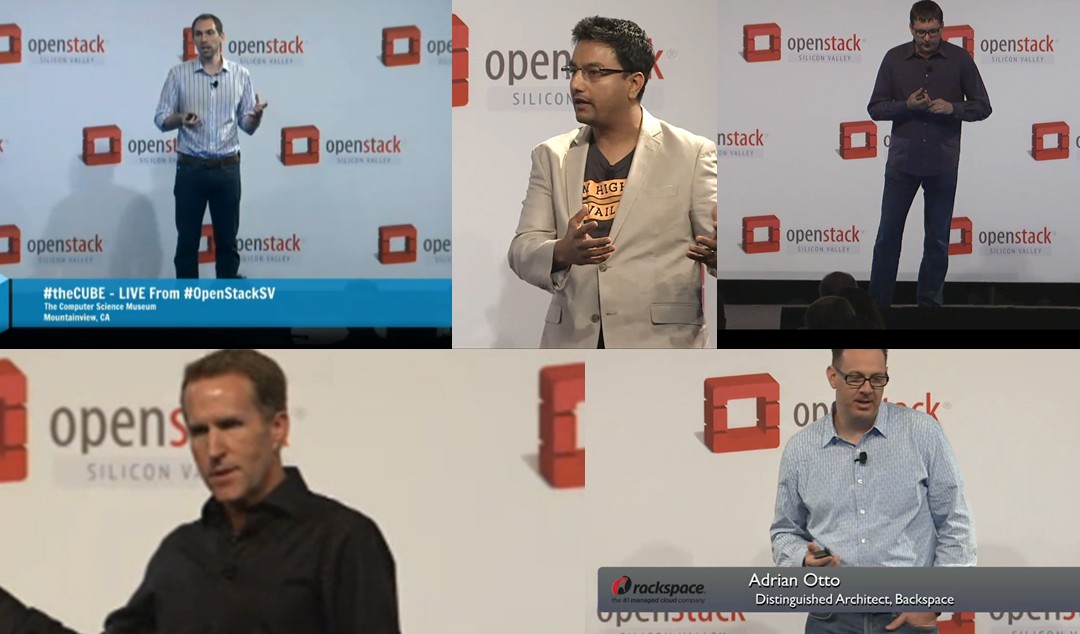 NEWS
NEWS
 NEWS
NEWS
 NEWS
NEWS
OpenStack’s evolution continues with the release of its 13th edition, Mitaka. The new release is positioned as “an integration engine that can manage bare metal, virtual machines, and container orchestration frameworks with a single set of APIs” and brings improvements in the areas of manageability, scalability and end-user experience, the community said.
In many ways, this renewed focus on making the platform easier to manage shows just how far OpenStack has come since its creation just six years ago by Rackspace Inc. and NASA. The release is also proof positive of just how powerful a converged open-source community can be, having been designed and built by no less than 2,336 contributors from 293 organizations.
It’s fair to say OpenStack is now fully mature, with a stable core and the bulk of the developers now working on improving the overall user’s experience.
“The Mitaka release includes numerous advancements that focus on improving day-to-day ease of use for cloud deployers and administrators,” reads the press release. “One highlight is a simplified configuration for the Nova compute service that introduces additional standard defaults and reduces the number of options that must be manually selected. The Keystone identity service, too, has been greatly simplified, with multi-step processes for setting up the identity management features of a cloud network—installing, running, authenticating, distributing tokens, etc.—streamlined into a one-step process. Another example of the enhanced manageability available in Mitaka is found in Neutron, which now features improved Layer 3 networking and Distributed Virtual Router (DVR) support.”
OpenStack Foundation COO Mark Collier told TechCrunch that this focus on experience, rather than building a host of new features, is because the platform has reached the point where its biggest users have been running it in production for more than two years already.
Collier explained that the big thing for major users of OpenStack, such as AT&T, Comcast Corp., SAP SE and others, is ease of deployment. The overwhelming desire is to make it much easier to get OpenStack up and running, hence the developers have focused on adding more default settings for its core components, following the best practices of its largest adopters.
OpenStack Mitaka, together with all of its documentation, can be downloaded from here.
The next step, In the coming weeks and months, will be for the OpenStack ecosystem to begin rolling out updated products and services based on the new release. Numerous OpenStack distributions and cloud service providers can be found in the OpenStack Marketplace.
Support our mission to keep content open and free by engaging with theCUBE community. Join theCUBE’s Alumni Trust Network, where technology leaders connect, share intelligence and create opportunities.
Founded by tech visionaries John Furrier and Dave Vellante, SiliconANGLE Media has built a dynamic ecosystem of industry-leading digital media brands that reach 15+ million elite tech professionals. Our new proprietary theCUBE AI Video Cloud is breaking ground in audience interaction, leveraging theCUBEai.com neural network to help technology companies make data-driven decisions and stay at the forefront of industry conversations.